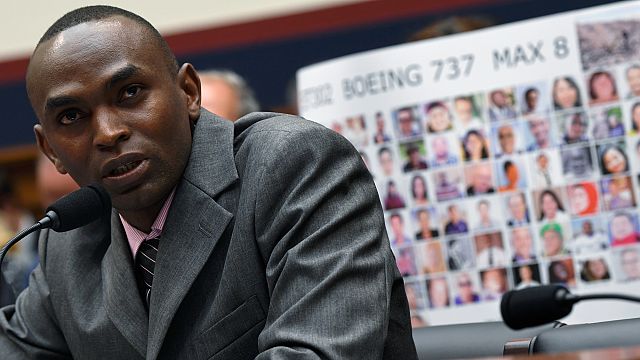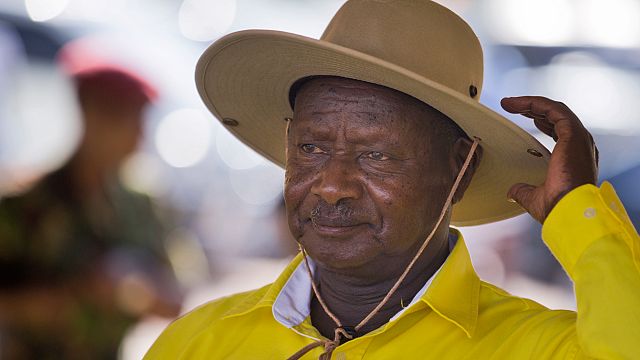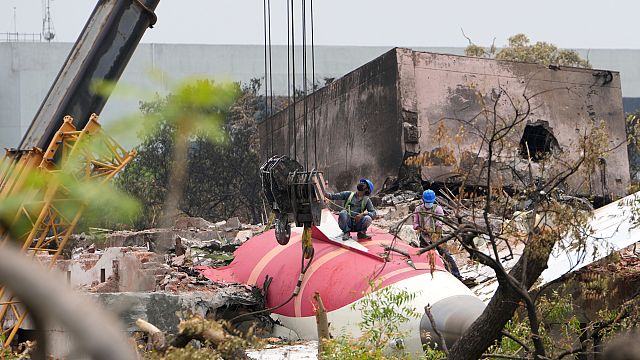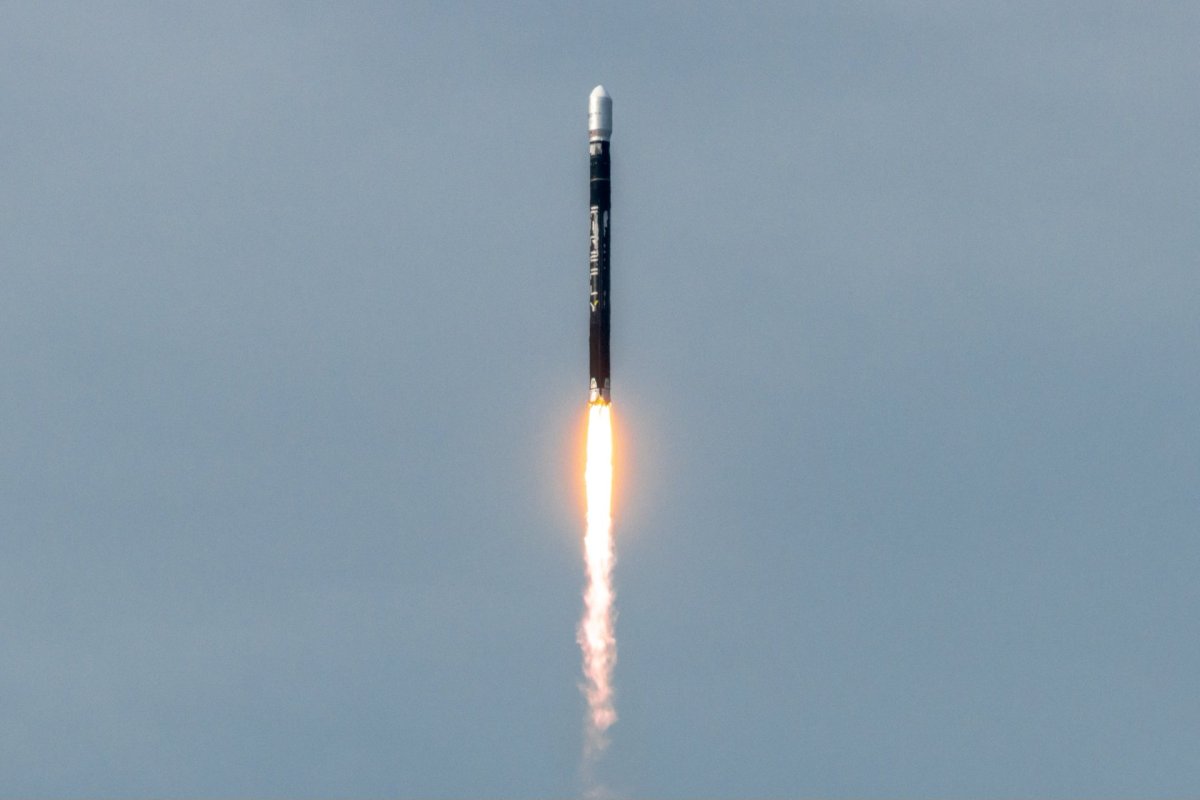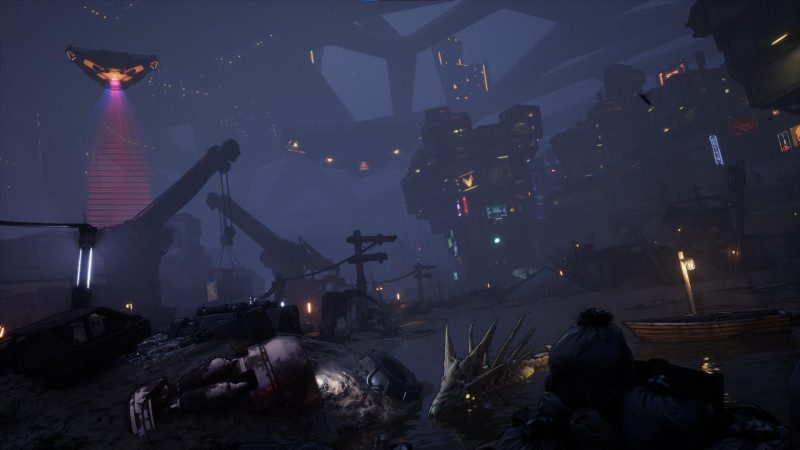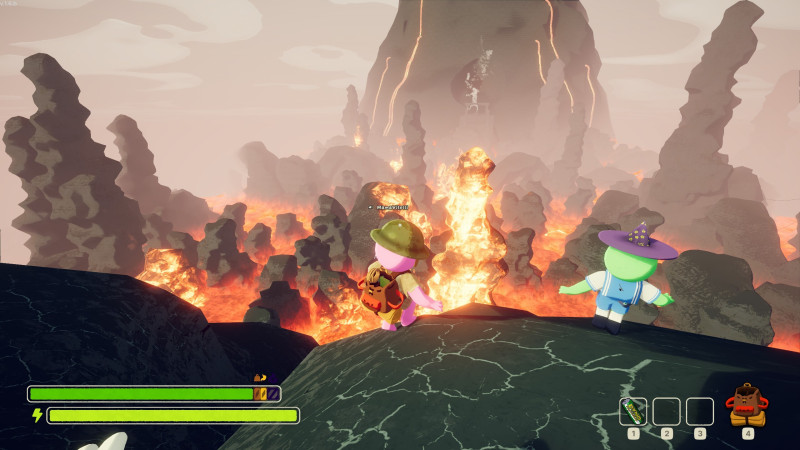What we know so far about the investigation
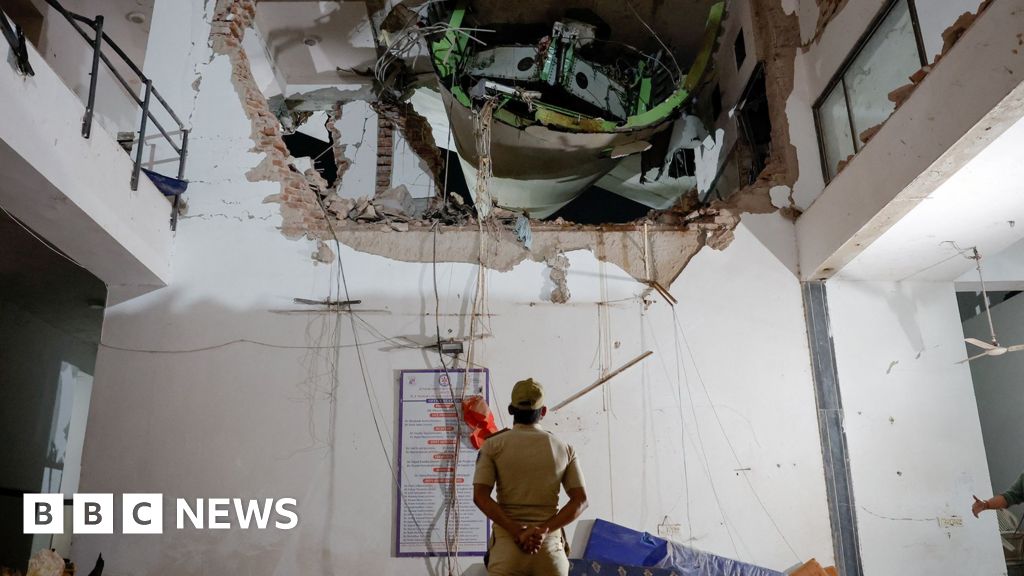
What we know so far about Air India crash investigation
Jack Burgess, Maia Davies & Anna LamcheBBC News
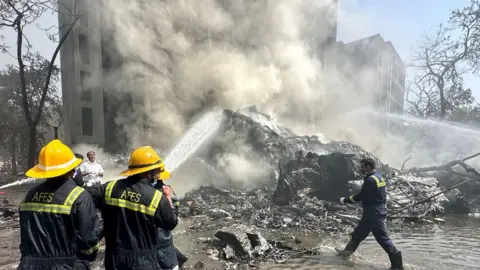 Reuters
ReutersAn Air India passenger plane bound for London's Gatwick airport crashed shortly after taking off in Ahmedabad, western India, on 12 June, killing 260 people.
The crash killed 242 people on board the flight and 19 others on the ground, with only one survivor from the plane.
A preliminary report into the investigation, published on 12 July in India, found that just seconds after take-off, fuel-control switches abruptly moved to the "cut-off" position, starving the engines of fuel and triggering total power loss.
The circumstances around how or why that happened remain unclear. Here is what we know so far.
When and where did the plane crash?
Air India flight AI171 left Ahmedabad's Sardar Vallabhbhai Patel International Airport just before 13:39 local time (08:09 GMT) on Thursday 12 June, Air India said.
It was scheduled to land at London Gatwick at 18:25 BST.
The flight was airborne for less than 40 seconds. One of the pilots submitted a mayday call just before the plane crashed in a crowded neighbourhood.
The plane plummeted into a building used as doctors' accommodation at the Byramjee Jeejeebhoy Medical College and Civil Hospital, causing an explosion. It was lunch break at the hostel when parts of the aircraft crashed through the roof of the dining hall.
The Air India flight climbed to 625 feet in clear weather before losing location data 50 seconds in, per Flightradar24.
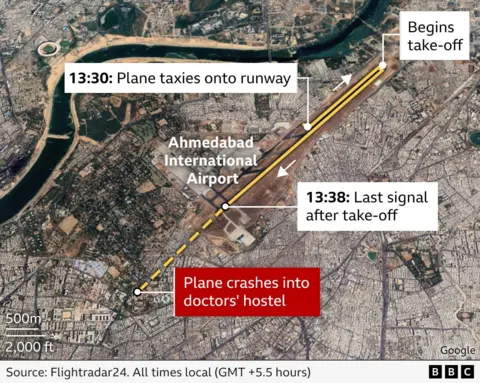
What has a preliminary report said about the crash?
Fuel to the engines of the Air India plane involved in a deadly crash was cut off moments after take-off, a preliminary report by India's Aircraft Accident Investigation Bureau (AAIB) has found.
In recovered cockpit voice recordings, the report said one of the pilots can be heard asking "why did you cut off?" - to which the other pilot replied he "did not do so".
The Gatwick-bound plane was being piloted by Captain Sumeet Sabharwal and co-pilot Clive Kundar. The report does not specify which voice is which.
According to data from the flight recorder, both of the plane's fuel control switches moved from the run to the cut-off position in the space of a second, shortly after take-off.
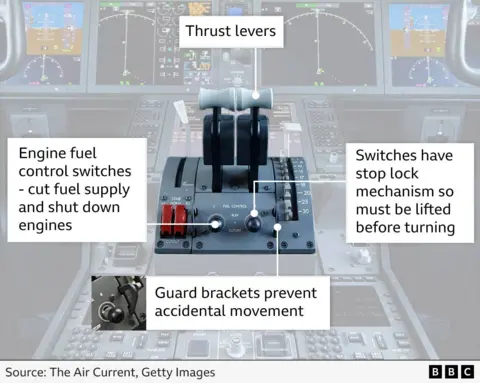
The switches are usually only cut off to turn off the engines after landing, or during emergency situations such as an engine fire - rather than during take-off.
The cut-off caused both engines to lose thrust, the AAIB report said.
The fuel switches then moved back into their normal in-flight position, automatically starting the process of relighting the engines. One engine, the report said, was able to regain thrust - but could not reverse the plane's deceleration.
One of the pilots submitted a mayday call just before the plane crashed into the doctors' accommodation.
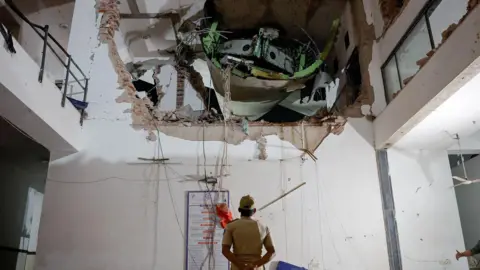 Reuters
Reuters
The report said that "no significant bird activity" was observed in the vicinity of the plane's flight path.
The report also said: "At this stage of investigation, there are no recommended actions to B787-8 and/or GE GEnx-1B engine operators and manufacturers".
The Federal Aviation Administration (FAA) had issued a Special Airworthiness Information Bulletin in 2019 highlighting that some Boeing 737 fuel control switches were installed with the locking feature disengaged, the report said.
The issue was not deemed an unsafe condition requiring an Airworthiness Directive - a legally enforceable regulation.
The same switch design is used in Air India's VT-ANB aircraft which crashed. As the bulletin was advisory, Air India did not perform inspections.
There had been no defect reported pertaining to the fuel control switch since 2023 on VT-ANB, the report said.
An investigation led by AAIB - with experts from Boeing, General Electric, Air India, Indian regulators, and participants from the US and UK - is in progress.
A final, more detailed report is expected in 12 months.
How have Air India and Boeing reacted to the report?
An Air India spokesperson said the airline acknowledged receipt of the preliminary report.
"We continue to fully co-operate with the AAIB and other authorities as their investigation progresses. Given the active nature of the investigation, we are unable to comment on specific details and refer all such enquiries to the AAIB," the Air India spokesperson added.
The crash is a major setback for Air India, which is in the middle of a business turnaround following its privatisation. It was bought out by the Tata Group from the Indian government in 2022.
The airline has announced a cut in international operations on its wide-body aircraft as it grapples with several disruptions in the aftermath of the crash.
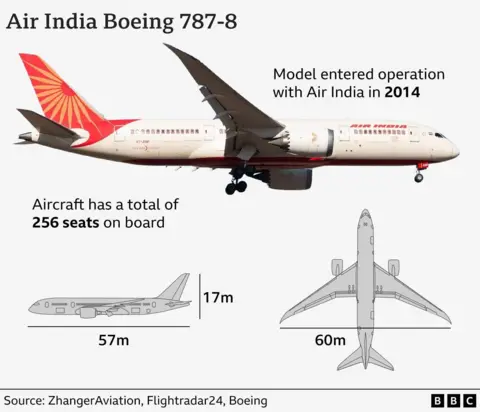
In a statement, Boeing said it would defer to AAIB to provide information about the crashed plane, in adherence with protocol under the UN International Civil Aviation Organization. It also said it continued to support the investigation and its customer, Air India.
The US National Transportation Safety Board in a statement thanked Indian officials for their co-operation and noted that there were no recommended actions in the report aimed at operators of Boeing-787 jets or the GE engines.
Who was on board?
Air India confirmed there were 242 passengers and crew members on board the Boeing 787-8 Dreamliner, which has a total of 256 seats.
There were 169 Indians, 53 Britons, seven Portuguese nationals, one Canadian and 12 crew on the plane.
"I still cannot believe how I made it out alive," the sole survivor of the crash, Vishwashkumar Ramesh, who was sat in seat 11A, told India's state broadcaster DD News.
"At first, I thought I was going to die. I managed to open my eyes, unfastened my seat belt and tried to exit the plane."
Mr Ramesh said the side of the plane that he was sitting on did not hit the hostel and was closer to the ground floor. "My door broke down and I saw a small space," he said. "I tried to get out of the plane."
His brother Ajay was also on the plane but did not survive the crash.
The Foreign Office has been in contact with Mr Ramesh "to offer consular support", Downing Street said.
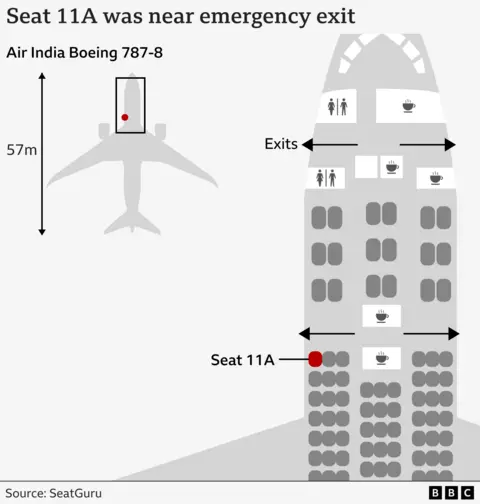
What do we know about the plane?
The aircraft involved was a Boeing 787-8 Dreamliner.
The model was launched 14 years ago. Earlier this year, Boeing lauded the fact that it had reached the milestone of carrying one billion passengers.
Air India operates a fleet of more than 190 planes including 58 Boeing aircraft, according to its website.
The crashed 787 Dreamliner was 11 years old and had completed more than 700 flights in the year leading up to the disaster, Flightradar24 data showed. 
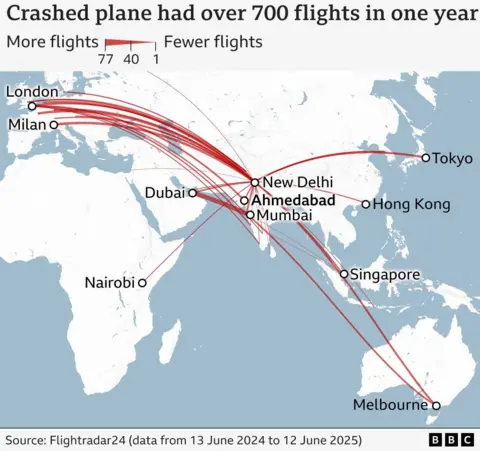
After the crash, India's aviation regulator ordered safety checks on the airline's entire Boeing-787 fleet.
The Directorate General of Civil Aviation also announced that from 15 June one-time checks of take-off parameters will be implemented for every departure of a Boeing 787-7 or 787-9 plane. Power assurance checks have also been implemented.
What's Your Reaction?
 Like
0
Like
0
 Dislike
0
Dislike
0
 Love
0
Love
0
 Funny
0
Funny
0
 Angry
0
Angry
0
 Sad
0
Sad
0
 Wow
0
Wow
0


